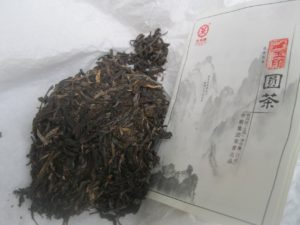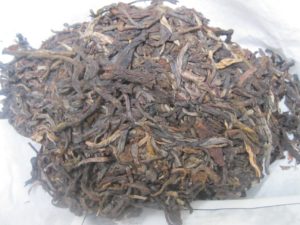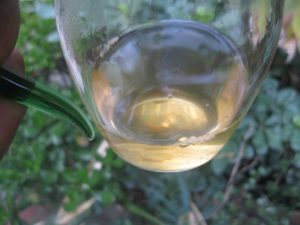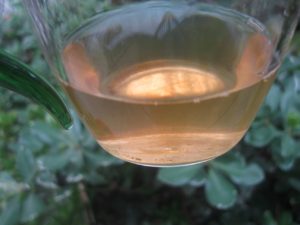Jade Mark Puerh Turns Five
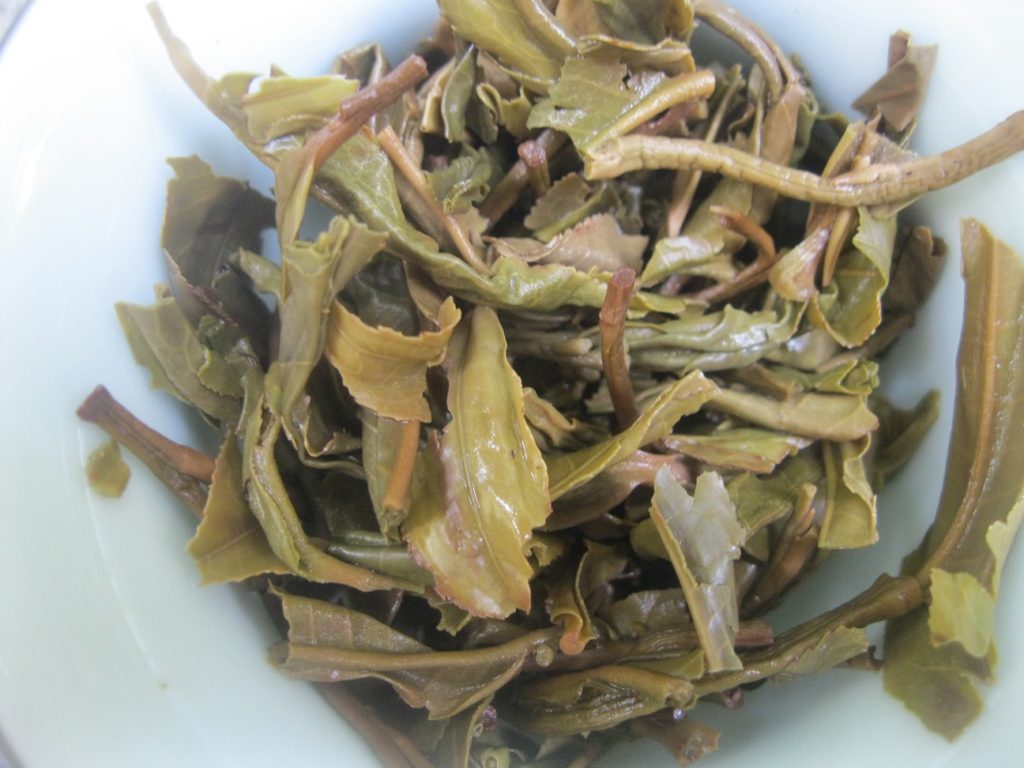
The ’14 Jade Mark by the Kunming Tea Factory (KMTF) turns five this year. Feeling a bit singed by a few delicious young productions that have been “oolong” processed that fade with age, I started to have my suspicions about the Jade Mark.
This is my second tasting of the year. I can’t recall when the other was, but my suspicions grew even greater, even though KMTF is not likely to deviate from their traditional production methods, particularly the established recipes. Still one can never be certain.
Another shot.
Of course the weather is a huge factor in how a fine tea will perform. Weather seems to be the culprit as the Jade Mark is concerned. This morning’s session was in no way divergent from my initial impressions a few years back.
High fruit aroma, zero bitterness, sweet, with a buzz of puerions at the edges of the tongue. It’s the presence of the buzz, in no way diminished, that I’m happy about most, because that’s what fades in the oolong processed productions.
Altogether I went eight infusions and could have gone another two. Yeah, the astringency builds but the sweetness remains. It seems that it might actually be sweeter in the later infusions than comparable infusions from a few years early.
The oolong processed puerhs have their own charm, but if they can’t be aged then I feel that they cannot really be viewed in a traditional light. Part of the fun of the puerh endeavor is monitoring the transformation. I cannot possibly get through a cake, even 200g, in a year or two given the amount of sampling and monitoring I do. A little transparency on part of the seller might be nice in this regard, since the working assumption with puerh is aging. To some extent, not stating so strikes me as pawning fakes, more fake than the actual puerhs produced using traditional methods. In any case, the ’14 Jade Mark is a traditional production that at five hasn’t faded. My apprehensions seem have been more related to a hibernation that occurred during the colder drying months. Whew!

